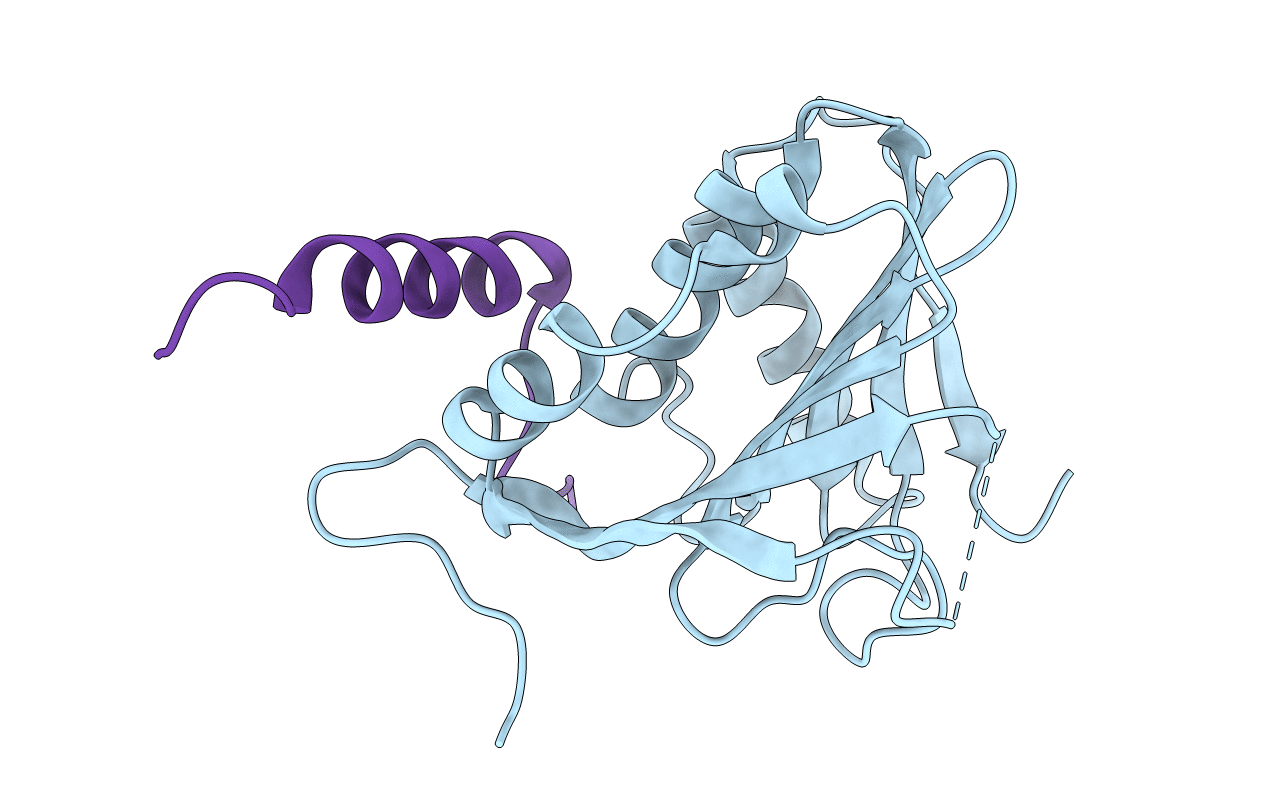
Deposition Date
2017-05-11
Release Date
2018-11-21
Last Version Date
2024-03-27
Entry Detail
PDB ID:
5XLN
Keywords:
Title:
Crystal structure of the TRS_UNE-T and 4EHP complex
Biological Source:
Source Organism:
Homo sapiens (Taxon ID: 9606)
Host Organism:
Method Details:
Experimental Method:
Resolution:
1.90 Å
R-Value Free:
0.19
R-Value Work:
0.16
R-Value Observed:
0.16
Space Group:
P 21 21 21


